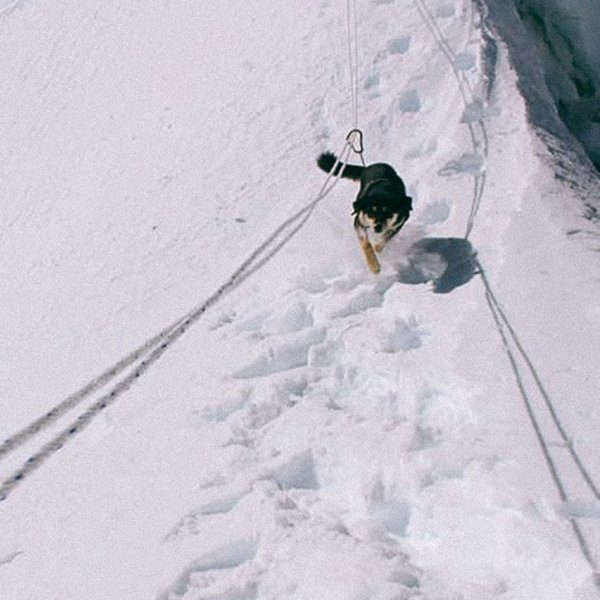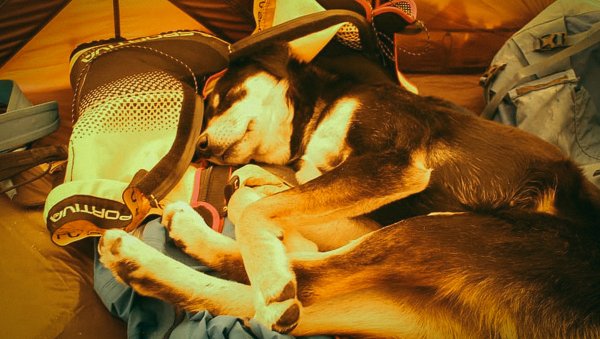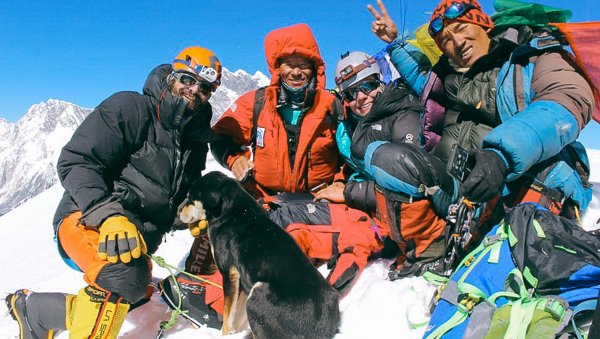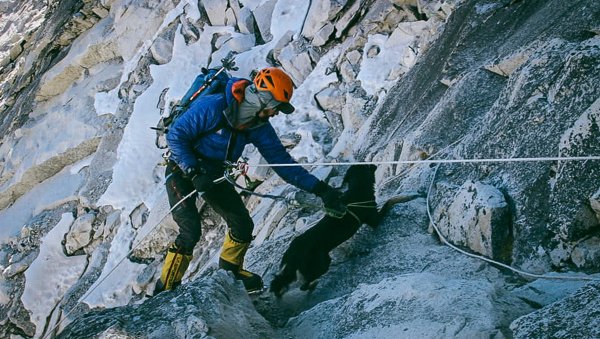
| Frans de Waal, a primatologist at Emory University, has a new book out called Are We Smart Enough to Know How Smart Animals Are? and in it he gives hundreds of examples of surprising intelligence from non-human species, including many instances where other animals appear to be smarter than we are. In addition to intelligence we are learning that animals can sense a human being’s mood as well as medical condition. Clearly, we have to admit we’ve been conveniently wrong about animals, as well as birds and sea creatures. In 2008, sixteen well-known scientists signed the Cambridge Declaration on Consciousness concluding: “Convergent evidence indicates that non-human animals have the neuroanatomical, neurochemical, and neurophysiological substrates of conscious states along with the capacity to exhibit intentional behaviors. Consequently, the weight of evidence indicates that humans are not unique in possessing the neurological substrates that generate consciousness. Non-human animals, including all mammals and birds, and many other creatures, including octopuses, also possess these neurological substrates.” This week I am featuring a story about a dog named Mera who exhibited intentional behavior when she decided to follow Don Wargowsky up 23,389 feet in 30-40 mph winds with a wind-chill of minus 20 degrees. What was it about the Seattle-based mountain guide that drew Mera to him? We will never know. The First Dog Ascent of a 7,000-Meter Himalayan Peakby Anna Callaghan, photos by Don WargowskyOn November 9, 2018, a dog named Mera (named by the guide Wargowsky) became the first of her kind to reach the summit of Baruntse, a 23,389-foot peak in Nepal’s Himalayas, located just south of Mount Everest. The peak, often overlooked as it lies in the shadow of some of the tallest mountains in the world, is a steep, challenging climb in its own right. (…) “I am not aware of a dog actually summiting an expedition peak in Nepal,” says Billi Bierling of the Himalayan Database, an organization that documents climbing expeditions in Nepal. According to Bierling, there have been a few cases of dogs at Everest Base Camp (17,600 feet) and some who’ve followed teams through the Khumbu Icefall up to Camp II (21,300 feet), but this is perhaps the highest-recorded elevation ever reached by a dog anywhere in the world. Mera, age unknown, is a 45-pound Nepalese mutt who appears to be a cross between a Tibetan mastiff and a Himalayan sheepdog. She possesses an extraordinary level of confidence relative to her small frame. Though slight, she has muscles likely honed by years of travel over rough mountainous terrain in the Khumbu Valley. She has soft, close-cropped black fur, golden yellow legs and snout, small ears that flop forward, and kind eyes. Mera embedded with a team from the Kathmandu-based Summit Climb, led by Seattle-based mountain guide Don Wargowsky, in the tenth day of its month-long expedition. The team members were descending from a successful summit of Mera Peak (21,247 feet), the first mountain they had climbed on their trip before heading to Baruntse, and were just above the fixed lines at around 17,500 feet when Mera came bounding toward them. She (had) passed about 30 climbers on the way up to Wargowsky’s group, all of whom could’ve been persuaded to give her food or attention, but she crossed a glacier with a crevasse and bee lined it for Wargowsky. From that point on, the two were inseparable. He gave her a sleeping pad and jacket for a bed nest, and in return she fashioned herself into the ideal tent partner for three weeks: quiet, cuddly, agreeable, and with a small stomach. “One morning we got wind so bad it ripped the anchors off the tent, picked it up, and moved it a few feet,” Wargowsky recalls. “She just woke up, looked at me, and went back to sleep.” |

(…)
Mera followed Summit Climb’s Sherpas as they fixed ropes to Baruntse’s camp one (20,100 feet), climbing steep snow to a section of easy rock scrambling. On the way down, however, she appeared spooked by the steepness and wouldn’t follow them back to base camp.
She spent two nights at camp one out in the open, alone on the glacier. It was bitterly cold and winds were high. “I was certain she was going to die up there,” says Wargowsky. When the Sherpas went back up to fix the route to camp two, he asked them to bring her back down if she was still alive. But she’d survived and wanted to accompany the Sherpas on their way up to 22,500 feet.
“Imagine that instead of crampons, you have claws,” Wargowsky says. “Her feet were bloodied. She had busted knuckles and broken toenails. It was hard to see.”
At first it seemed like the Sherpas only tolerated Mera because Wargowsky liked her so much, but as they witnessed her climbing prowess, they began to treat her with reverence. “They’d never seen anything like this happen. They said she was a special dog, that she brought luck to the expedition,” Wargowsky says. “Some even thought she was blessed.”
The next day, Wargowsky took his team up to camp one to start the summit bid. The route features steep ridgelines that drop thousands of feet off either side. There are sections of vertical snow. To get down, climbers have to do a number of rappels. Wargowsky tied Mera up at camp so she couldn’t follow them back up the mountain, but the dog chewed through the rope and caught up with the team less than an hour after it had left. “She just tucked in right behind me,” he says. “And it’s not like I could leave the clients to take her back, so it meant she was going with us.”
It was early in the day, and the snow was firm en route to camp one. Mera was up ahead of Wargowsky when she started to slip. He hung onto the fixed line with one hand and grabbed her with the other, saving her from what could’ve been a 600-foot tumble.
The team spent a night at camp one and then moved up to camp two. Bad weather kept the group (in camp) for four days. Wargowsky let Mera split his meals of soup and pasta.

After the 60-to-70-mile-per-hour winds abated at Baruntse’s camp two (21,000 feet), the team set out for the summit at 2 A.M. When the team left, Mera was still sleeping. Wargowsky was relieved. Though she had shown strong climbing skills, he still didn’t want her following them. He’d already seen her slip once.
Mera slept until daybreak, then ran off to find the team. She moved quickly over a moderately steep, glaciated section of the route, taking just two hours to cover what took the humans seven to complete. She seemed unbothered by the exposed ridgeline and huge drop-offs, bounding ahead of the group and then running back as if annoyed by its slow pace. “I have no clue if she’d been up there before, but she seemed very confident in what she was doing,” Wargowsky says.
It turned into a clear, blue-sky day, but temperatures were cold, with strong gusts of around 30 to 40 mph and a wind-chill of minus 20 degrees. “It was the coldest my feet have ever been,” says Wargowsky. Those in his group wore expensive 8,000-meter down suits and heavy double boots. They had crampons and carried ice axes, both giving them purchase and security in the firm snow and ice. Mera wore nothing. For reference, the official Iditarod rules require mushers to carry eight booties for each dog in order to offer abrasion protection from the snow and ice.
On the final ridge to the summit, Mera ran ahead of Wargowsky and the one client who was able to continue and waited for them on top, tongue out and panting. “I’d never been on top of something like that with a dog. She was leaning up against me and wanting to be petted. It was pretty surreal.” At an altitude where even humans in the best shape of their lives are slowed to a crawl, Mera could run.
(…)
Wargowsky’s Baruntse team started with six climbers, but only one was in good health to climb on summit day. It’s a tough environment.
“Mera’s antecedents certainly suggest a dog with the genetic disposition to succeed at high altitudes,” says Martha Tissot Van Patot, a Colorado-based cardiovascular pulmonary physiologist who focuses on hypoxia and altitude research. Luckily for Mera, some species, including Tibetan mastiffs, possess physiological adaptations for performance at elevation. Still everyone who climbs mountains knows that the summit is only the halfway point. In fact, most accidents happen on the descent. Yet Mera went down on her own.
There was only one instance in which she appeared to be scared: where the route descends a short vertical headwall. The team’s lead Sherpa tied a cordelette around Mera and clipped it to the rope. She then half-ran, half-slid to Wargowsky before taking off ahead of the group down the ridge. “She had a lot of faith in me and the Sherpas to help her, but she really didn’t need any help. She did everything on her own,” Wargowsky says.

It dawned on Wargowsky that they’d have to go back to Lukla and leave Mera on the street. “I was sick about it. I told Kaji it was breaking my heart to think of leaving her. He said, ‘No way, she’s special. She’s coming with me.’”
On Christmas Day, Kaji sent photos to Wargowsky. He’s renamed her Baru, since she climbed Baruntse.






























